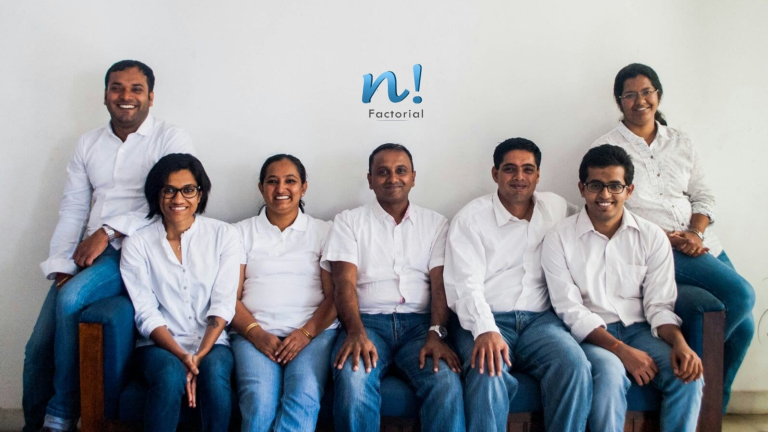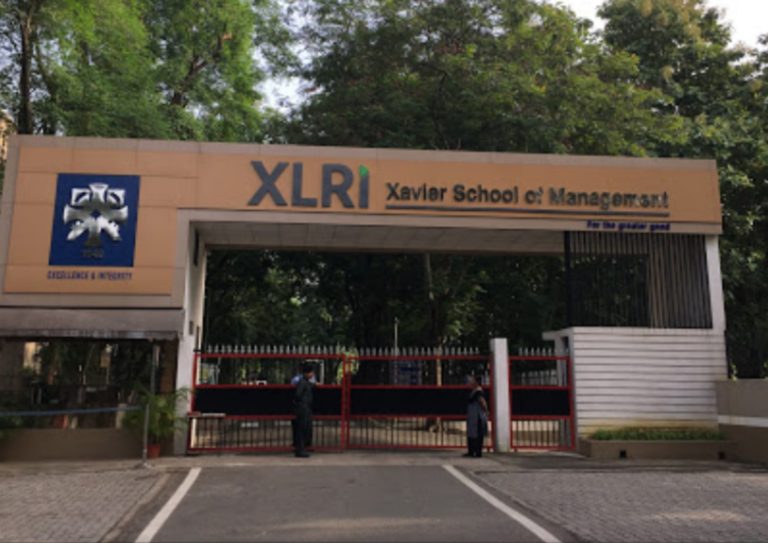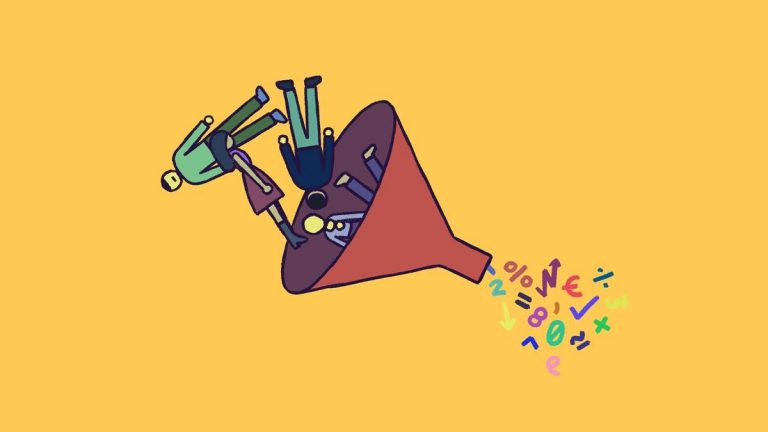Employees are the company’s number one asset, and we generally tend to undervalue them. An organization’s sustainability depends on retaining its best employees and keeping them motivated and satisfied. A data-driven approach to achieve this is through People Analytics. People analytics collects and applies data to improve critical talent and business outcomes. This enables HR leaders to develop data-driven insights to inform talent decisions, improve workforce processes, and promote positive employee experiences.
A McKinsey & Company survey revealed an 80 per cent increase in recruiting efficiency and a 50 per cent reduction in attrition rates within organizations that used people analytics. The organizations also witnessed a 25 per cent rise in business productivity.
This data-driven decision-making utilises analytical, statistical, data science, data visualization, and machine learning techniques. Analytics in HR allows for more strategic and data-backed talent decisions throughout the employee lifecycle. It allows for better hiring decisions as well as effective management for employee retention.
A clear transition from prescriptive analytics to predictive analytics allows organizations to face the dynamism of their operational environment effectively.
Different Domains of People Analytics
External labour market analytics
People analytics can assist HR in identifying the appropriate labour market for various types of positions. This helps organisations in determining the salaries of the employees and how to position them in the company. It also helps them identify analytical and data science-related market trends and how the organisations can participate in them. Lastly, external labour market analysis helps in understanding what the workforce needs.
Workforce planning
Workforce planning is creating a process to identify the team constituents and talent required by the organisation to achieve its business goals and objectives. Workforce planning takes into account the current and the future needs alongside succession planning. The responsibilities of the workforce planning function include proactively forecasting – the headcount, employees with the right skill sets, when to make changes, the right time to make certain decisions, and the optimal cost that will allow these.
HR analytics
A well-implemented HR analytics practice can provide a bird’s eye view into the company’s employees. This helps business and HR leaders to get a deeper understanding of their workforce. HR analytics function can play a transformational role. It can provide insights into critical questions such as – who is leaving, which function is prone to higher attrition, the gender and pay gap, how can I improve internal mobility.
Compensation analytics
Compensation analytics focuses on optimizing a workforce’s cost to promote bottom-line development. It is an excellent way for businesses to develop themselves as an employer brand that effectively communicates a compelling employee value proposition. This helps in benchmarking salaries to understand where candidates stand against their peers and the market salary for similar positions. This also leads to paying equality and helps the leaders track their business goals and if the total rewards program is achieving its intended goals.
AI/ML’s Role In People Analytics
The idea of using data to understand and solve employees’ problems is not new. As described above, external talent market analytics, workforce planning, HR analytics, and compensation analytics try to garner pieces of information about people. What has changed now is our ability to look at the historic data holistically and generate predictive insights that accurately capture employee behaviour.
The first phenomenon that has fuelled the use of AI/ML in HR is big data. Traditional HR information systems favoured capturing structured information such as – the attributes that the candidate entered during the application process, employee compensation and grade, current and previous salary changes, etc. Data analysts then generate descriptive analytics from this structured data. With the commercialisation of big data and NoSQL technologies, it has become easier and more accessible for technologists to store unstructured and semi-structured information such as resumes, job descriptions, survey results, etc. This means that HR has convenient access to insights-rich new datasets.
The second driving force behind the increased adaptation of AI in HR is the precipitous interest from industry leaders. Business leaders witnessed the transformational power of AI in other enterprise functions such as sales, marketing, and supply chain. These welcoming outcomes from the previously implemented AI projects have fostered an environment that helped HR teams experiment with AI to solve their employees’ challenges.
To reinforce the capabilities of AI to solve HR problems, we are going to discuss a few use cases.
Retention:
A well-laid-out strategy to retain top employees is critical for the continued success of any organization. There are several reasons why companies try hard to keep top performers; a Gallup survey outlined that the cost to replace an employee can range from one-half to two times the employee’s annual salary. In addition, a tenured employee embodies the company’s culture, key values, and relationships. Apart from the increased cost of replacing an employee, it also slows down a company’s progress.
A successful strategy should understand the attributes and conditions that contribute to employee attrition. AI and ML techniques can help organizations understand the latent variables at play, contributing to employees leaving the company. AI enables the organization to understand the employees’ direct and indirect feedback signals and deal with workplace issues. ML algorithms with good inference capabilities can help companies understand the exact factors or combination of factors causing the attrition and can even help leaders organize the trends by business unit, job category, job level, etc.
Associate Sentiment:
Organizations conduct several surveys to understand their workforce better. Each survey has a different objective and tries to understand different perspectives. Satisfaction surveys, engagement surveys, culture surveys, 360-degree feedback, and departure surveys are some of the established surveys we come across in organizations. Almost all of these surveys ask employees a few questions, and they have predefined options to choose from. They also have a text box, typically at the end, to allow expressing their feedback. The survey options selected by the associates can serve as suitable input variables to border ML experiments. For instance, the unfavourable responses set by associates can be incorporated as inputs to ML models with an intent to model the attrition. Natural Language Processing (NLP), a subfield of AI, can also understand and summarize the associates’ sentiment from plain text. Techniques such as “Topic Modeling” and text summarization can help organizations understand the discussion themes among associates. These identified themes can then be analyzed in context to develop strategic initiatives to help associates.
Hiring and Talent Management:
Identifying the top talent is critical for the success of all organizations. ML/AI techniques can be used in the recruitment process to scan, read, and evaluate applicants. This process can be used to mimic the recruiter’s first-pass of screening. The idea behind AI-assisted hiring is not to replace the human touch in recruiting but to assist the recruiter in quickly identifying the top traits possessed by the candidate. NLP can be used to summarize the skills of an organization, and this knowledge can be effectively used to understand the skills of the future.
The Importance of Human Intervention
AI for HR is not the same as AI for self-driving cars or AI for products. AI, or any other technological innovation for that matter, shouldn’t be used to replace the “human” in the Human Resources function. While AI-enabled systems show outstanding success in uncovering the latest trends, it’s important to note that the insights generated are only as good as the data. Biased AI-driven hiring systems have resulted in sexist decision-making processes in the past. HR needs to ensure that proper governance measures are in place to understand the decisions made by AI systems proactively.
This article is written by a member of the AIM Leaders Council. AIM Leaders Council is an invitation-only forum of senior executives in the Data Science and Analytics industry. To check if you are eligible for a membership, please fill the form here.


















































































